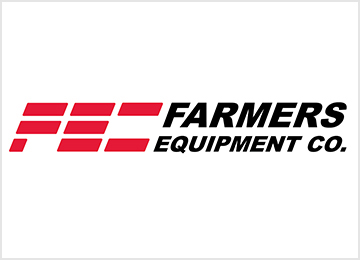As that last Elliot berry is picked and placed in a flat, there is a palpable aura of relief around the farmer. Another blueberry season is finished— or is it? Yes, reaching the end of harvest is a major milestone, and you can give yourself a pat on the back for a job well done, but next year’s season starts now. Proper post-harvest plant care can set you up for a great return next year and vice versa is equally true. Abandoning the field now is not the way to proceed. “That’s all well and good,” says the farmer, “but, what’s next?” Here are a few topics and tips that will help you going forward into winter. They will include things up to, but not including, pruning. For information on that, see Vol. 1 Issue 2.
TESTING
Immediately post harvest is the best time to do tissue testing. Tissue testing at this time allows you to make corrections to your fall or spring fertilizer program. Soil tests can be done in spring or fall, but fall is the preferred time to do it because it gives you enough time to spread amendments if they are needed. One test or the other or both should be performed every year to make sure that you are using your fertilizers efficiently, and to check for any problems like nutrient deficiencies or errant soil pH. Typical fall soil amendments include sulphur, lime, and magnesium and calcium fertilizers if needed.
BUD SET
Immediately following harvest is when the plants start to set the buds for next year’s growth. This is one of the most important times in the plants growth cycle in terms of determining your production. The plant is starting to store nutrients and sugars for next year’s early season growth. Applications of specific nutrients like zinc and boron are very helpful at this time. The plant can use them this fall and/or store them in the tissues and use them in early spring to help break dormancy.
INSECTS & RODENTS
A few insect pests need to be closely monitored during the fall season. If the warm summer temperatures continue into September, aphid populations can build to damaging levels. Make sure to monitor them throughout the fall season and control if necessary.
Rodents such as voles (field mice) continue to be active throughout the fall. Voles like to have habitat such as long grass to live and move around in. The key to managing voles is to manage the vegetation surrounding the field and within the rows. If you have planted a cover crop or a perennial cover between the rows, make sure to keep it mowed short if you suspect a rodent problem. Rodenticides placed in bait stations in key areas help too of course.
BACTERIAL BLIGHT
Bacterial blight is a very common disease in the Fraser Valley’s fields. It is caused by the bacterium Pseudomonas syringae which is present in nearly every field. The bacteria live on the outside of the stems and enter the plant through wounds from frost damage, pruning, and leaf scars. Once inside the plant it can girdle the respective stem, killing it, turning it reddish brown to black. These stems should be pruned out annually. Traditionally, growers apply copper sprays starting in October as the leaves start to fall, to reduce the incidence of this disease. Copper is effective against most strains of this disease; however, some resistant strains have been found on a few farms. Other chemistries are being explored as alternatives to copper. Some promising results have been seen with Serenade Max (Bacillus subtilis), which warrants further study.












